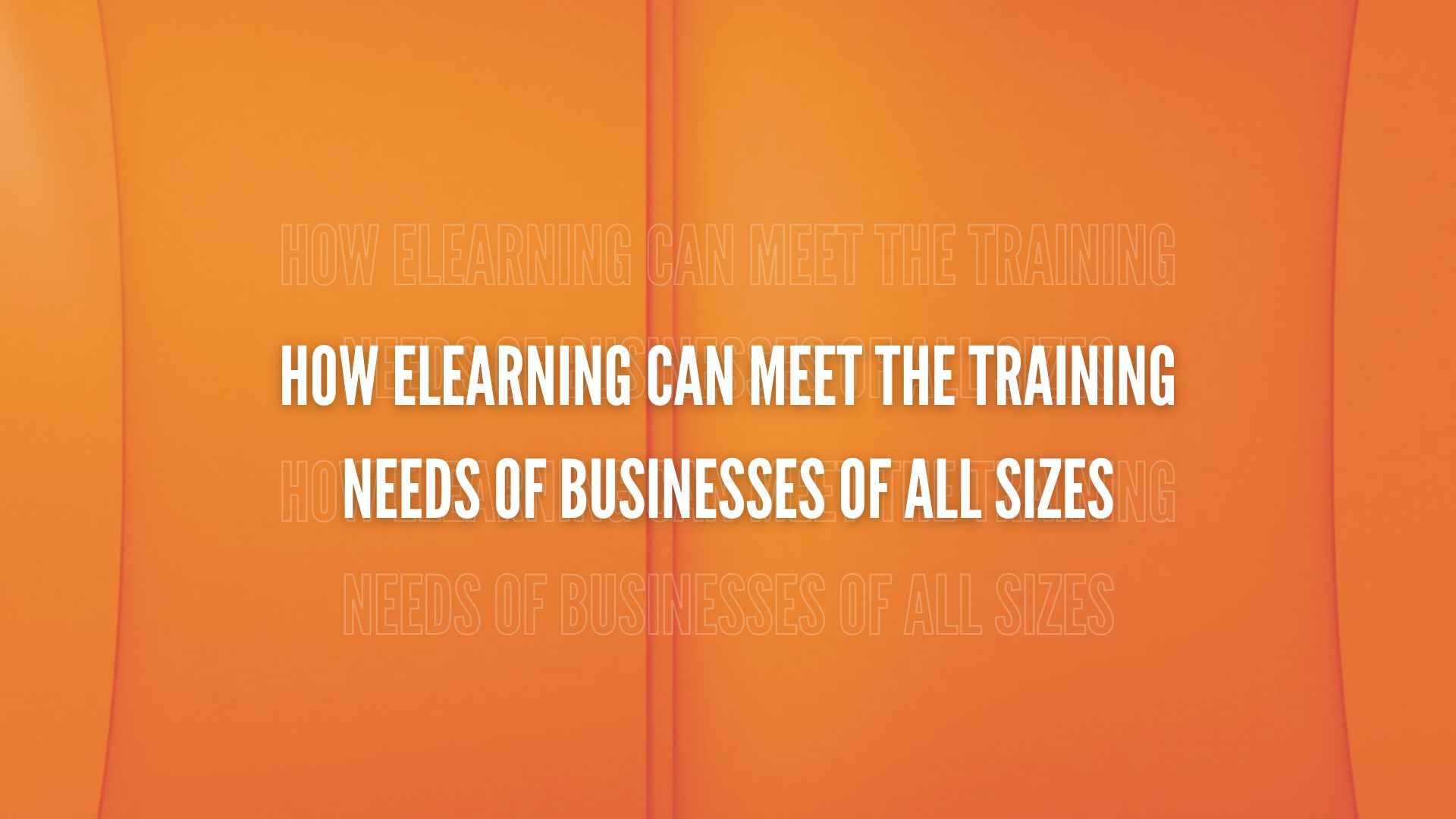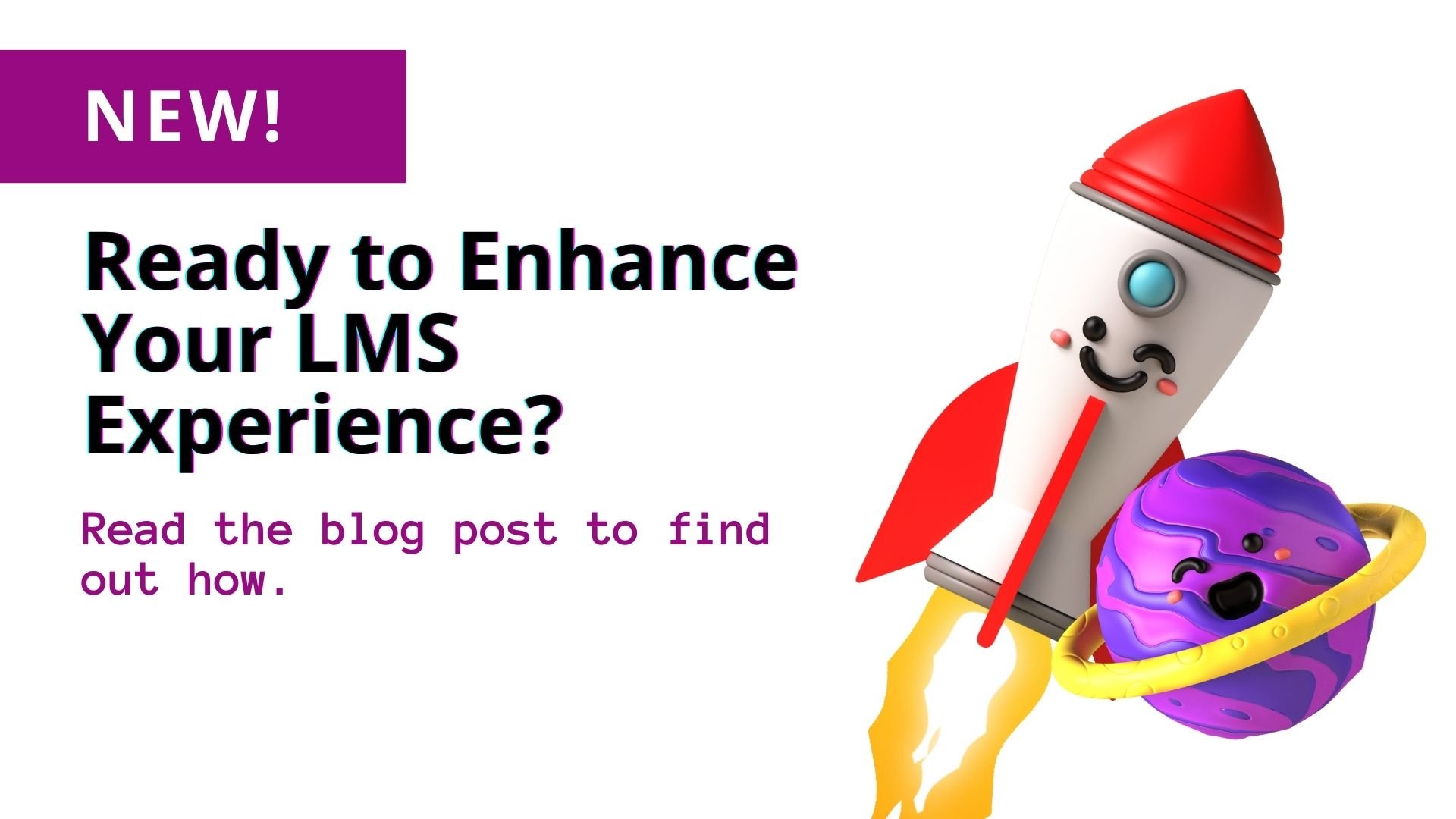Thanks to technology, the global workplace is changing rapidly. With the advent of Learning Management System (LMS) and other types of collaborative learning and development (L&D), workers are more connected than ever before. This has created faster-paced workplaces and increased the need for on-demand, best-in-class corporate L&D programs that are highly flexible and accessible 24/7 to employees. Delivering this type of training is easy when a few simple best-practice guidelines are followed.

Create a Best-in-Class Corporate L&D Program with These 6 Best Practices
A company leader may know that quality corporate training is essential, but may struggle to create L&D programs that drive results. Crafting an effective corporate training program is simple when best practices such as these are utilized:
- Assess employee strengths and weaknesses
Assessing workers’ strengths and weaknesses is a vital aspect of creating a best-in-class L&D program. It gives company leaders insight into how to create training that best serves the needs of employees. Discover employee's’ weaknesses and strengths:
- Look at user profiles on LinkedIn and Facebook¹
- Issue surveys to personnel asking what areas they feel they are strong/weak in
- Have employees take a personality test (such as Myers-Briggs) or a StrengthsFinder test²
- Issue surveys to team members to collect their opinions of their peers’ strong and weak points, as well as the company overall
- Personalize training
A one-size-fits all training approach is no longer relevant. Today, workers respond best to personalized training. Leaders can design individualized training once they understand employees’ strengths and weaknesses, as well as their learning styles. Polling employees to determine whether they are visual, kinesthetic (hands-on), or auditory learners helps administrators craft training that best serves learners. For example, auditory learners may respond most readily to recorded materials, whereas kinesthetic learners might better comprehend and retain training that prompts immediate practice of new knowledge. A full-featured LMS provides tools that enable leaders to offer personalized training experiences to learners.
- Incorporate storytelling into training
Storytelling is powerful and can engage learners in fresh ways. Training Industry contributors encouraged leaders to incorporate storytelling into training by using it in case studies, branching scenarios, games, and videos.³ They also emphasized the importance of focusing on a learning objective when weaving storytelling into eLearning: “Without a learning objective, storytelling is merely a narration, with nothing to learn. Start with a business story, and then sneak in an objective that learners must accomplish.”
- Keep a learner’s attention with microlearning
If you want to guarantee a high level of employee engagement with an L&D program, utilize microlearning. Microlearning is learning delivered in very short 3-5 minute chunks. This form of learning drives 20% more information retention than traditional training and increases revenue.4 Training Industry contributors stated, “(Microlearning content is) fast and easy to digest without interrupting business as usual. An added bonus is companies that use microlearning experience a 63 percent year-over-year improvement in revenue per full-time equivalent.” Incorporating gamification into training is another way to engage learners and increase productivity.
Related Reading: Why microlearning is the future of corporate training
- Make learning accessible
If employees can’t easily access training materials, an L&D program will not succeed. Mobile learning & training takes care of this problem. It makes training accessible 24/7 from any device with a Web browser and Internet access. Since 74 percent of people use mobile devices for eLearning, it’s important that leaders design L&D programs accessible through a mobile device.5
- Utilize content crafted by eLearning experts
Quality eLearning content is the core of a best-in-class corporate L&D program. Some learning management systems provide an eLearning content library that contains training content created by eLearning experts. Clients can readily pull content from these libraries to create corporate training programs that drive results.
Interested in discovering what professionally created eLearning content can do for your corporate L&D program? If so, request a free demo of the fully hosted, award-winning TOPYX LMS.
References
- Eisenhauer. 5 ways to effectively determine employee strengths and weaknesses. https://www.thebalance.com/effectively-determine-employee-strengths-2951397. July 31, 2017.
- Adams, Susan. The test that measures a leader’s strength. https://www.forbes.com/2009/08/28/strengthsfinder-skills-test-leadership-managing-jobs.html#428b9ba543d2. August 28th, 2009.
- Omer, Dr. Ayesha. The power of storytelling: 7 best practices for corporate training. https://www.trainingindustry.com/articles/e-learning/the-power-of-storytelling-7-best-practices-for-corporate-training/. May 18, 2017.
- DeFranco, Lenny. Why microlearning drives over 20 percent more information retention than long-form training. http://blog.grovo.com/microlearning-22-percent-more-retention/.
- Neo, Shina. How mobile learning is shaping the workforce. https://www.trainingindustry.com/articles/learning-technologies/how-mobile-learning-is-shaping-the-workforce/. September 22, 2015.






